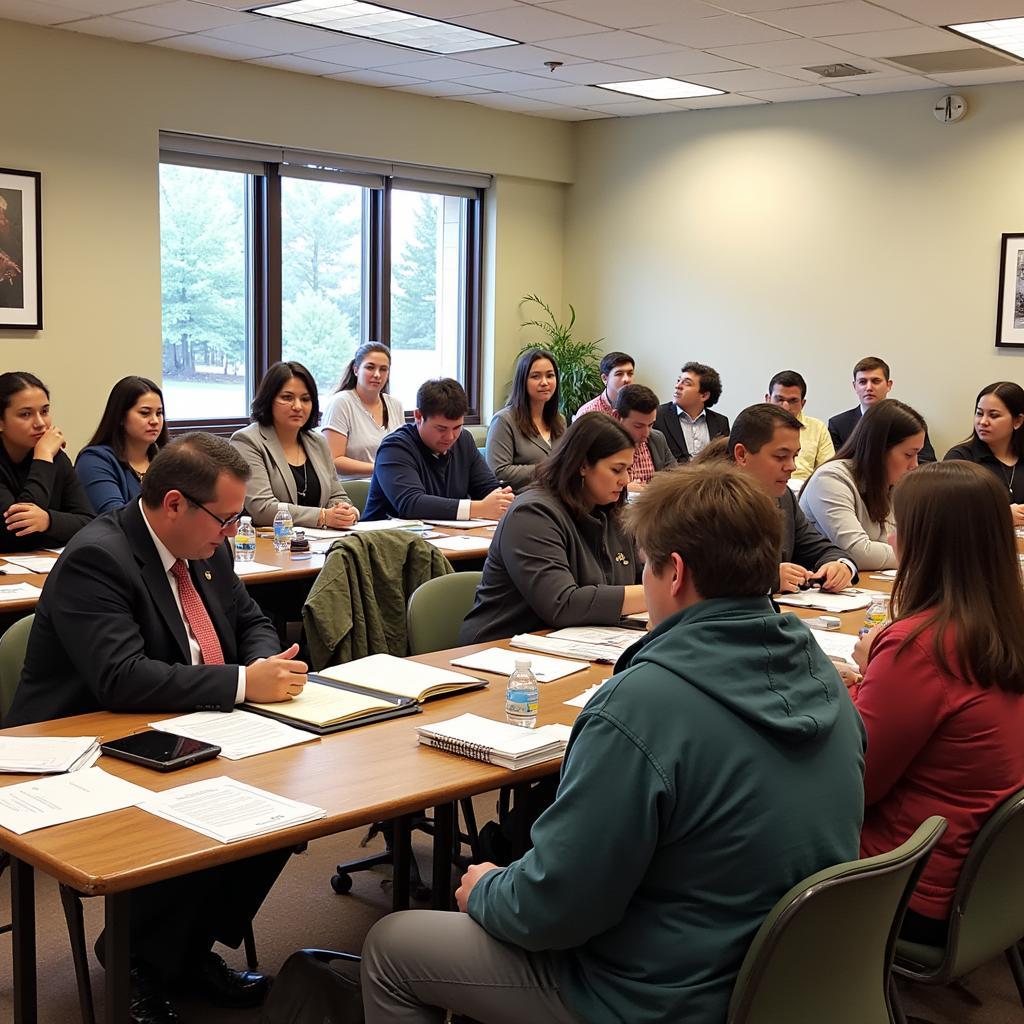Steve Daines and Deb Haaland: A Clash of Visions on Public Lands
November 2, 2024Steve Daines and Deb Haaland represent contrasting perspectives on the management of America’s public lands. This article explores their differing viewpoints, examining their approaches to energy development, conservation, and tribal relations, particularly concerning the use and preservation of these vital resources.
Understanding the Divide Between Steve Daines and Deb Haaland
Senator Steve Daines, a Republican from Montana, advocates for increased energy production on public lands, often emphasizing the economic benefits of resource extraction. Secretary of the Interior Deb Haaland, the first Native American to hold the position, prioritizes conservation and tribal sovereignty, seeking to protect natural and cultural resources for future generations. This fundamental difference in philosophy shapes their policies and actions regarding public land management.
Energy Development on Public Lands: Daines vs. Haaland
Daines supports expanding oil and gas drilling and other forms of energy development on public lands, arguing it boosts local economies and strengthens national energy independence. Haaland, conversely, promotes a shift towards renewable energy sources and has implemented policies aimed at reducing the environmental impact of fossil fuel extraction. This contrast highlights the ongoing debate between prioritizing energy independence and environmental protection.
The Role of Fossil Fuels in the Daines-Haaland Debate
A key point of contention between Daines and Haaland revolves around the role of fossil fuels. Daines views fossil fuel extraction as essential for economic growth and energy security, while Haaland emphasizes the need to transition to a cleaner energy future. This difference underscores the complex challenge of balancing economic needs with environmental concerns.
Conservation and Preservation: Two Different Approaches
Haaland champions conservation initiatives, emphasizing the importance of preserving biodiversity and protecting endangered species. Daines, while acknowledging the value of conservation, often prioritizes economic development and access to public lands for recreational activities such as hunting and fishing. This differing emphasis reveals the ongoing tension between preservation and utilization of public lands.
Tribal Sovereignty and Public Land Management
Haaland’s position as the first Native American Secretary of the Interior has brought renewed focus on tribal sovereignty and the role of Indigenous communities in public land management. Daines, while recognizing tribal interests, generally focuses on broader economic and recreational concerns. This distinction underscores the importance of considering diverse perspectives in managing shared resources.
Finding Common Ground: The Future of Public Lands
Despite their differences, both Daines and Haaland share a commitment to responsible management of America’s public lands. Finding common ground requires open dialogue, a willingness to compromise, and a recognition of the diverse values associated with these shared resources. The future of public lands depends on finding solutions that balance competing interests while ensuring the long-term health and sustainability of these vital ecosystems.
The Importance of Stakeholder Engagement in Public Land Decisions
Effective public land management requires meaningful engagement with all stakeholders, including local communities, tribal governments, industry representatives, and conservation groups. By incorporating diverse perspectives, policymakers can develop more informed and balanced solutions that address the complex challenges facing our public lands.
 Public Lands Stakeholder Meeting
Public Lands Stakeholder Meeting
Conclusion
The contrasting viewpoints of Steve Daines and Deb Haaland highlight the complex and often contentious debate surrounding public land management. Their differing approaches to energy development, conservation, and tribal relations underscore the need for balanced solutions that consider both economic and environmental priorities. Finding common ground requires open communication, collaboration, and a commitment to ensuring the long-term health and sustainability of America’s public lands. Steve Daines and Deb Haaland, through their ongoing dialogue, represent the crucial conversation needed for the future of these invaluable resources.
FAQ
- What is Steve Daines’ stance on energy development on public lands?
- What are Deb Haaland’s priorities for public land management?
- How do Daines and Haaland’s views differ on conservation?
- What is the significance of Haaland’s Native American heritage in her role as Secretary of the Interior?
- What are some potential areas of common ground between Daines and Haaland on public land management?
- How can stakeholder engagement improve public land decision-making?
- What are the key challenges facing the future of America’s public lands?
Other Relevant Topics
- The history of public land management in the United States
- The economic impact of public lands
- The role of public lands in climate change mitigation
- Indigenous perspectives on land stewardship
For support, contact us 24/7 at Phone Number: 0396443476, Email: [email protected], or visit us at 23 Tháng 3, Đắk Nia, Gia Nghĩa, Đắk Nông, Việt Nam.